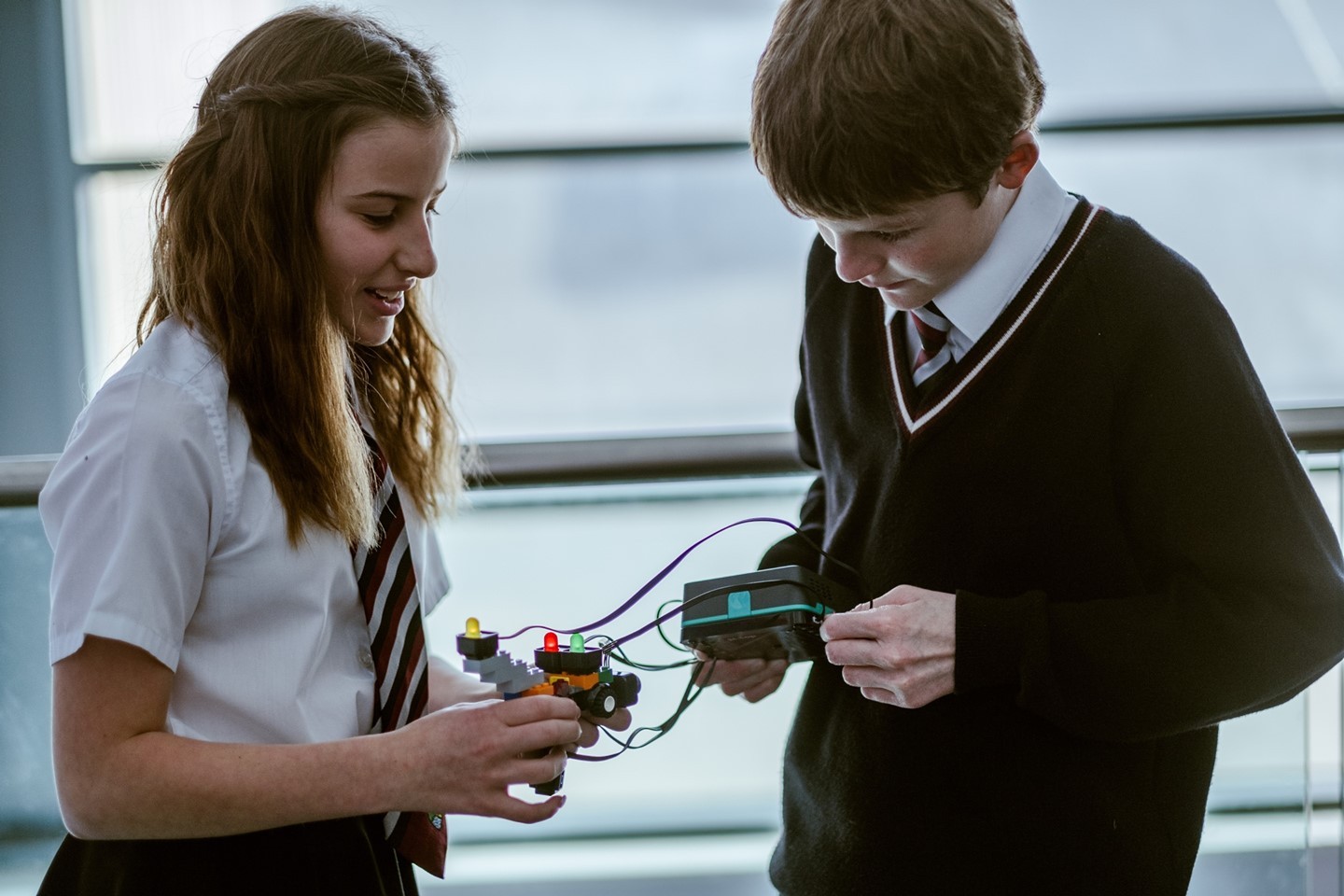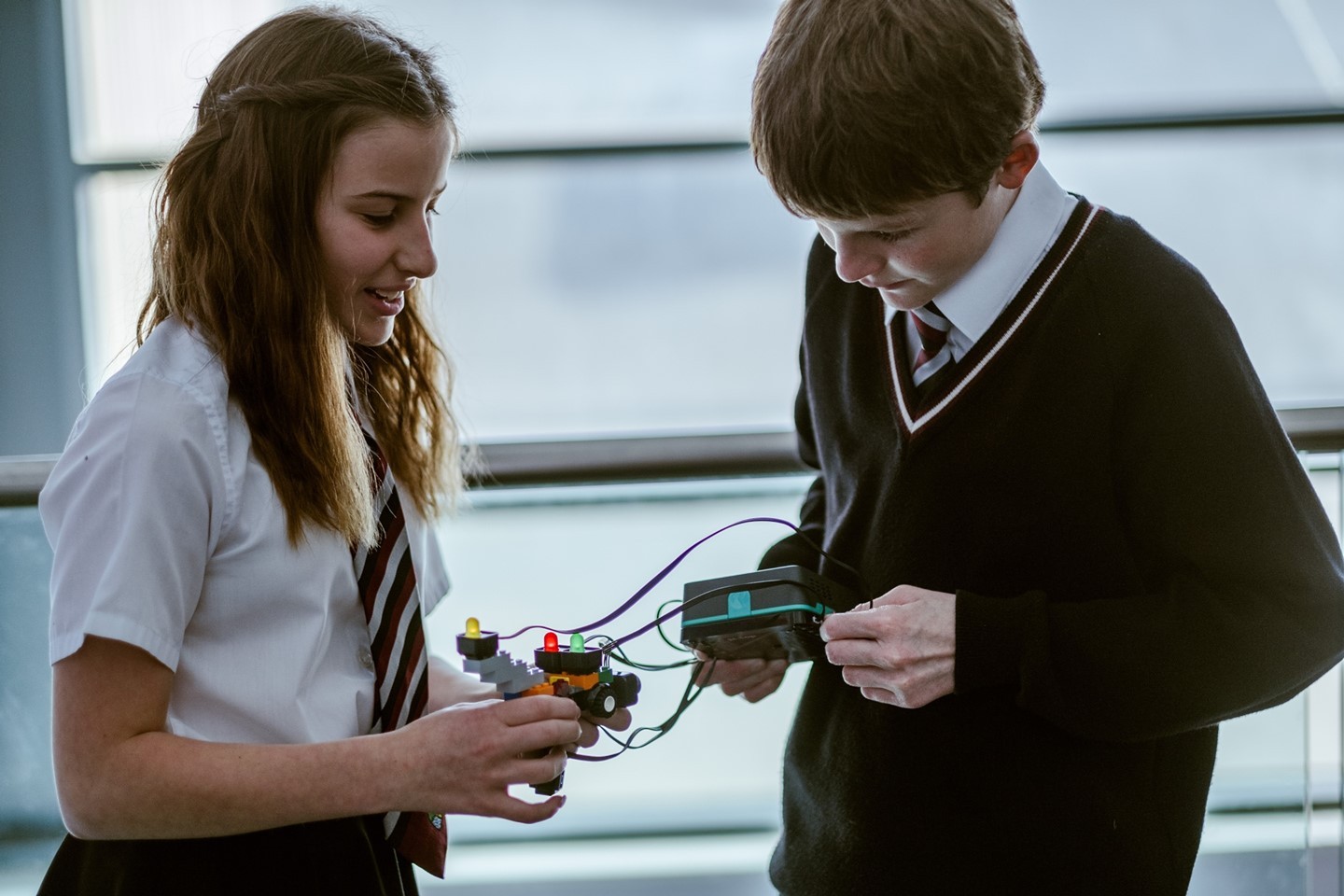The world of STEAM has made it possible for students to learn critical thinking and problem-solving skills while working on fun projects that allow them to express their creativity.
STEAM, which stands for Science, Technology, Engineering, Art, and Math, can benefit any course, especially computer science courses! STEAM allows students to take those hard-to-understand computer concepts and apply them to real-world situations.

But as essential as STEAM-based projects are, they can pose a number of challenges for teachers—including the difficulty level for elementary students. As an early childhood educator, you may be thinking “How do I teach my little ones STEAM when I’m not good with STEAM myself? ”, or “I don’t even teach computer science—how am I supposed to integrate STEAM into the classroom using technology?”
This is why we’re here! We know the workload of a teacher, so we have provided some examples of STEAM projects below to take the planning and prep work off of your plate. Each project is geared towards computer science in the elementary classroom and will help drive home technology skills such as sequencing, coding, programming, and even electrical engineering!
STEAM Projects for Elementary Students
- At pi-top, our team of engineers has developed an interactive tunnel card that will help bring out the engineers in your classroom! Students work together to color and build the card. The base is designed to hold LED lights that your students can program to turn on and off with the press of a button.
- The Art or Scribble Bot project from Science Sparks calls for everyday items used to construct a robotic device that can be programmed to draw shapes. The creativity and experimentation with this project are endless!
- This project from STEMpedia enables students to play drums with code! Your students can build their own drums and code the tune in just six simple steps.
- What kid doesn’t like playing with LEGOs? In this STEAM activity, students become familiar with the basics of coding by building a maze out of LEGOs and then interpreting that maze with coding sequences. What’s even greater - the creator lists multiple variations of this activity so that it can be fun and engaging for students of all ages!
Build a Star Wars Galaxy with Code
- Learn how to program droids with this engaging STEAM activity from Code.org. The introductory video takes you through the real-world experience of the creation of the Star Wars droid, BB8. Using the same concepts, this activity enables students to create their own Star Wars game.
In addition to the specific projects listed above, you can find other projects for beginners at Kodable.com and Code.org to keep your students engaged in hands-on computer science activities.
Remember, the goal of any STEAM project is for your students to be inquisitive and problem-solve the issues themselves. This means, as a teacher, you can keep them on track by working and learning alongside them! You’ve got this!
